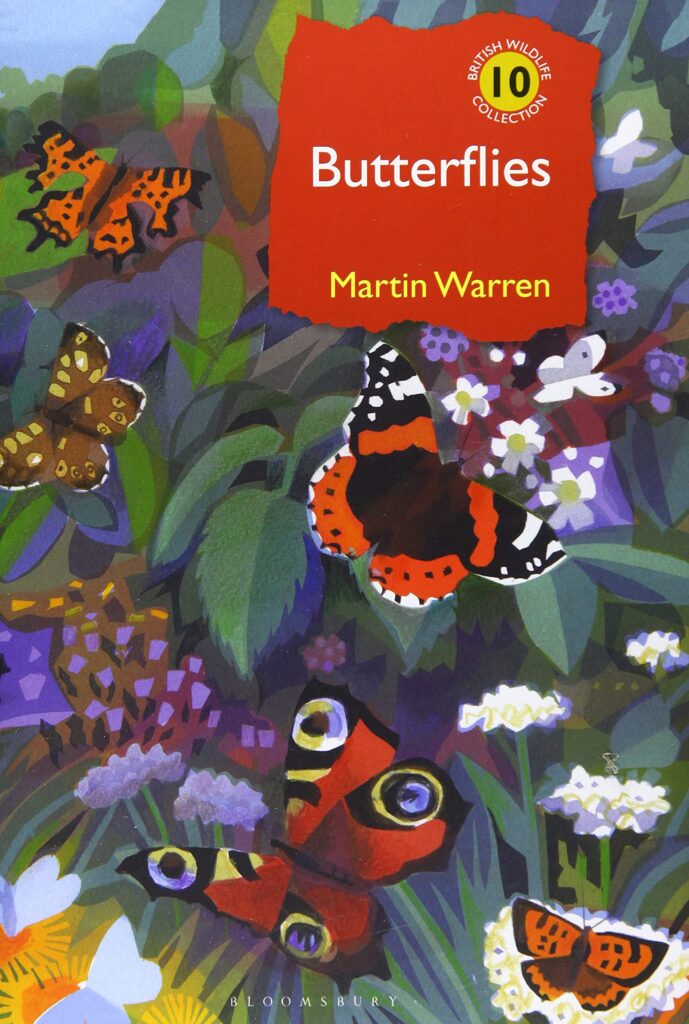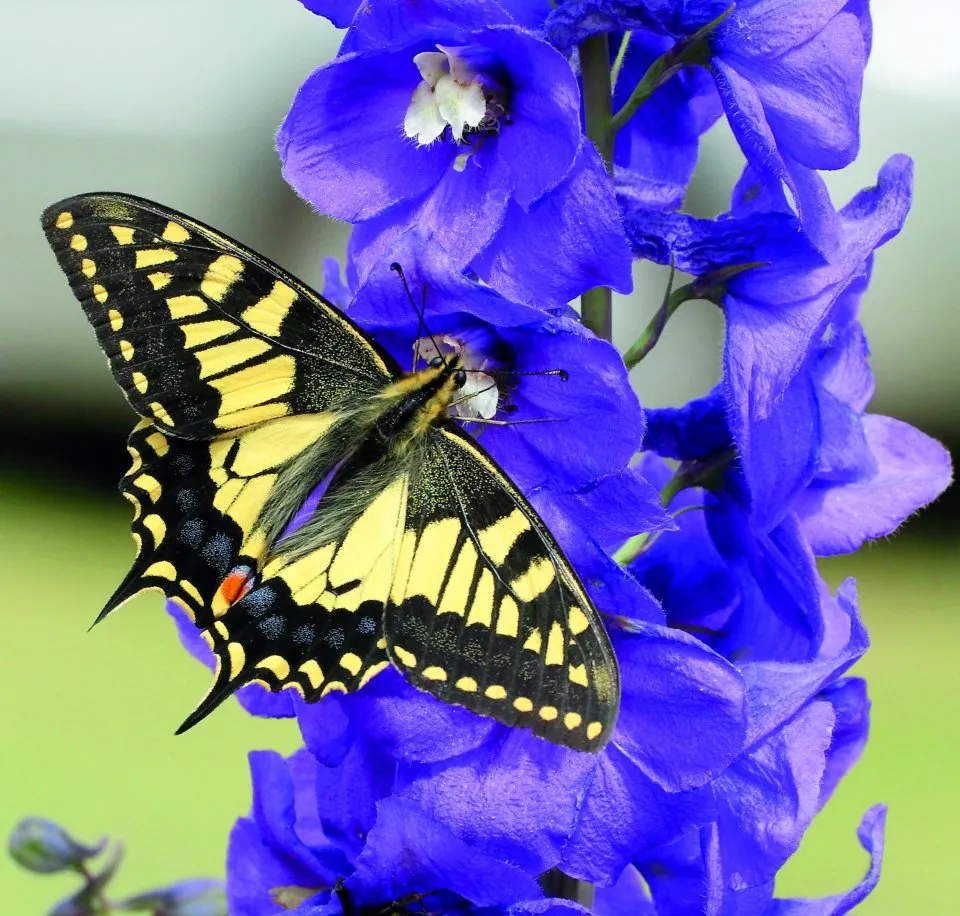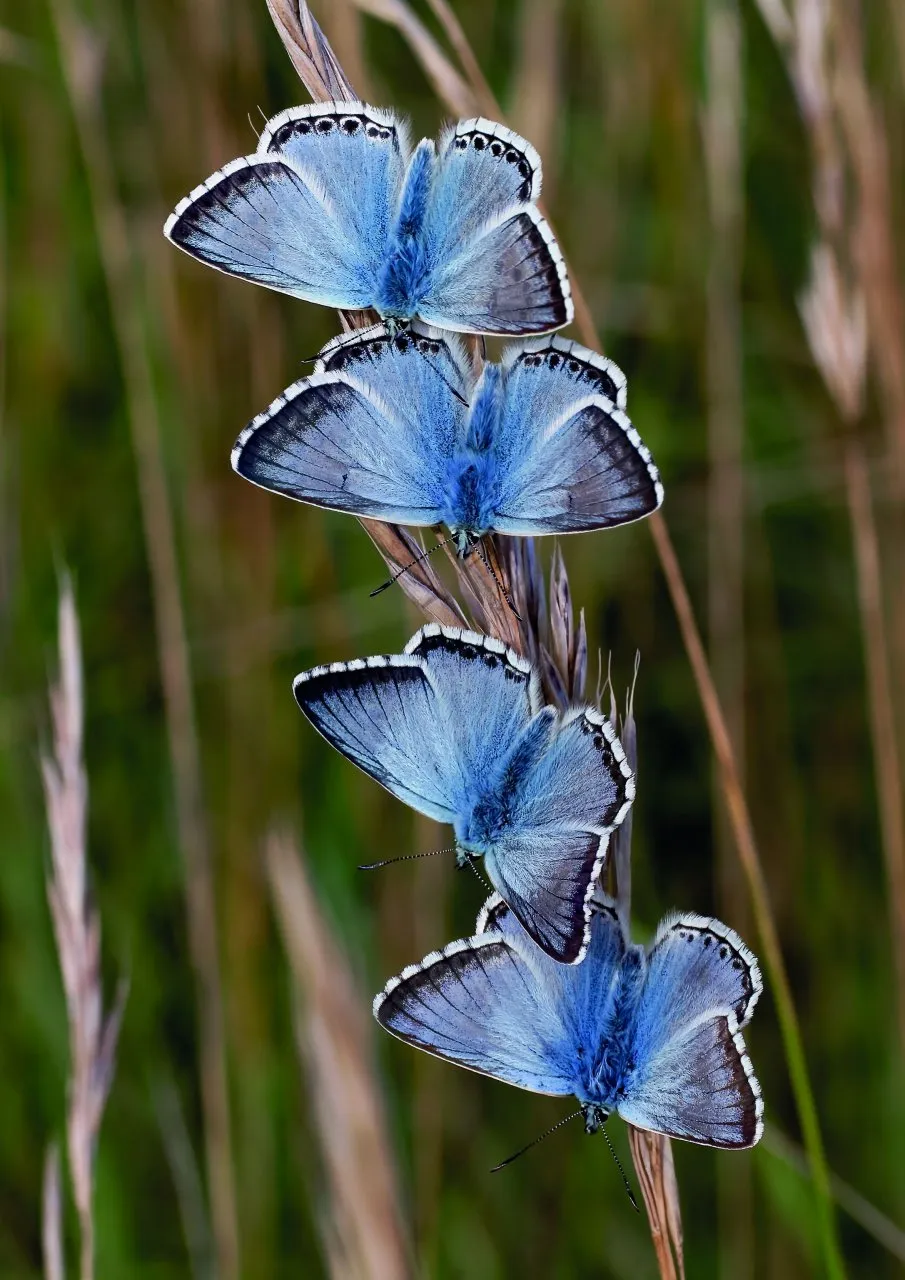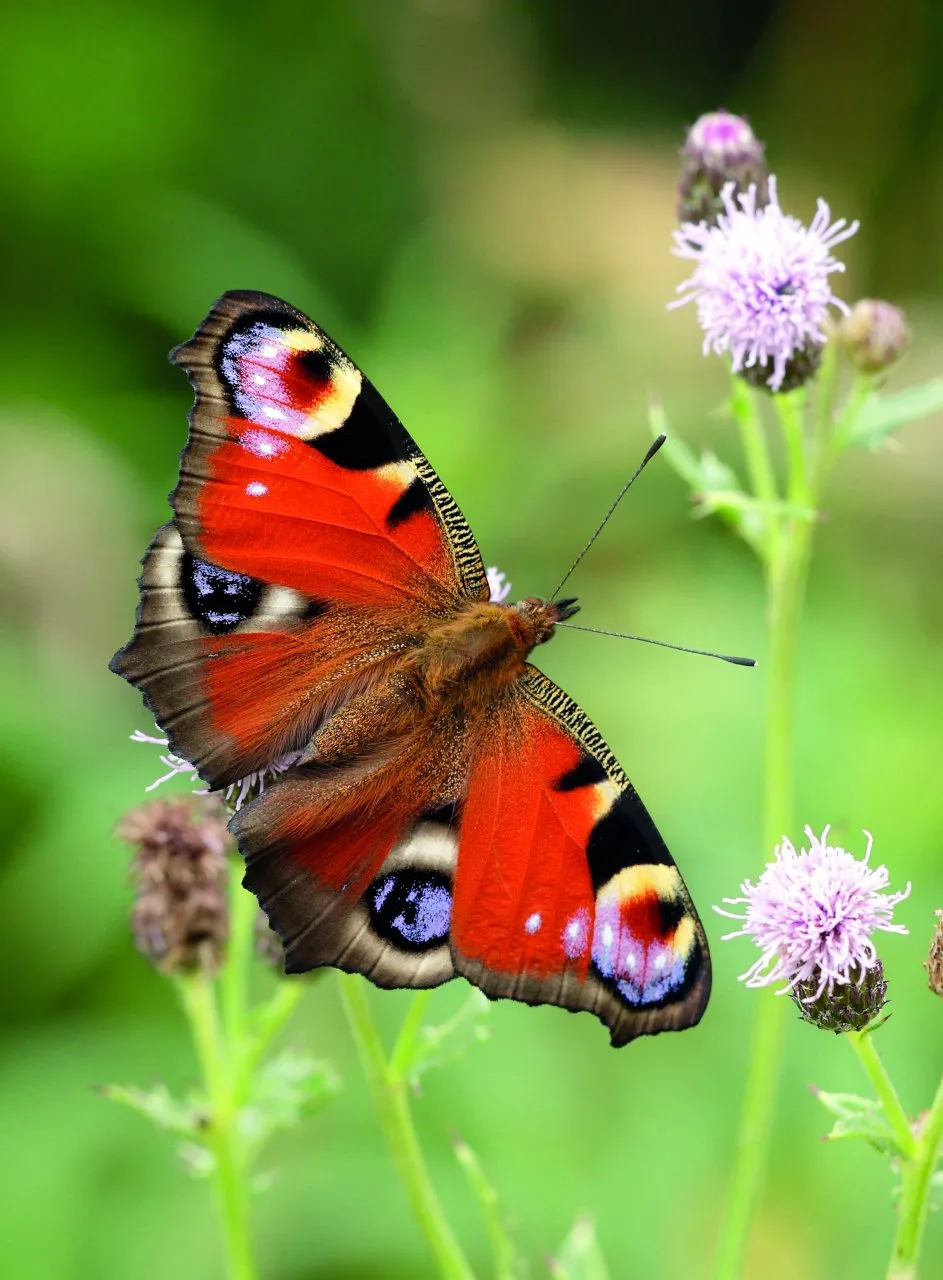There are a lot of books on British butterflies, and it might be tempting to meet the publication of a further one with the famous phrase ‘Oh no, not another one’, uttered by Brenda from Bristol on hearing the announcement of yet another round of elections. But this is different – it is timely, much-needed and excellent. The author, Martin Warren, has been involved in butterflies for effectively the whole of his life, culminating in 13 years as Director of Butterfly Conservation, and this book seems like a distillation of all he has learnt through this lifetime of interest.
It is not a field guide in any sense, but rather best viewed as a companion to butterfly-watching in Britain. It looks at all aspects of the life of butterflies, frequently with an engaging understanding of how a butterfly views its world, from their life-cycles and mating strategies to how they use habitats, and how we need to manage the countryside for them in the light of dwindling natural habitats and increasing pressure on the land. There have been other books on such topics, but what I particularly like about this one is the way in which Martin has looked at a vast range of research, right up to the present day, and distilled all this into an easily read summary of what we currently know about butterflies. I have been interested in butterflies for a long time, yet it is fair to say that I learnt something new on almost every page, not to mention having some of my out-of-date views corrected (such as the idea that Large Heath feeds mainly on White-beaked Sedge as its larval foodplant – it does not; no wonder I rarely find it!). Chapter 5, on the ‘Amorous Butterfly’, had so much that was new to me that I had to read it twice. I certainly did not know that the Small Heath engages in lekking behaviour, like Black Grouse, or that Purple Emperors do not really have ‘master trees’; or, perhaps more significantly, that female butterflies have total control over which males mate with them, not just by behavioural and hormonal signals, but by the ability to lock out any undesired male. I also had not fully taken in just how short adult butterflies’ lives are on average: about three days for Silver-studded Blues, or one-and-a-half days for Mountain Ringlets, for example (although, because of our current limited ability to follow butterflies, these relate to visible lifespan, and it is possible that the butterflies wander off to somewhere else).
View this book on the NHBS website
Much of this accumulated research has been gradually filtering into current more popular literature on butterflies, although a few aspects have not, either because they are so recent or because they have been overlooked. There is a rather nice story in the book about the late Miriam Rothschild, who carried out research, many decades ago, on the toxicity of some butterflies and how they might acquire their toxins. Marbled Whites, for example, feed exclusively on benign grasses, yet can be highly toxic. Her idea that they might acquire the toxins from the extremely poisonous Ergot fungus, which infects the seeds of grasses, has recently been shown to be correct, as has the fact that the butterflies contain not only toxic compounds but also antibacterial substances (take one Marbled White daily with breakfast…).
Another interesting recent line of research, summarised in the book, picks up on how much earlier the Lepidoptera evolved than we had imagined. Recent fossil finds (and, of course, fossils of butterflies and moths are rather rare, as lepidopterans are so soft-bodied) have pushed the origins of the group back to at least 200 million years ago, but work on DNA indicates that the group evolved about 300 million years ago, and that butterflies evolved from within it by about 100 million years ago.
I would not want to give the impression that we now know all there is to know about butterflies. We most certainly do not, as the author himself points out. We shall learn a huge amount more when we can readily radio-track butterflies, for example, as we know so little about their home ranges, dispersal and migration patterns.
So, suffice to say that almost everyone is likely to learn something from the book, and for me, at least, it already informs and enhances the way I look at butterflies when I am out in the field. I should also add that it is well and clearly written in an easy and open way, with enough personal anecdote to lighten it yet not so much as to reduce its erudition. The photographs, too, are well chosen, well placed and almost uniformly excellent.
In summary, I have nothing but praise for this book. Anyone interested in butterflies, and especially those involved with sites where butterflies are a significant presence, should read it. It is beautifully produced and printed. Buy it if you can, or borrow if not.




